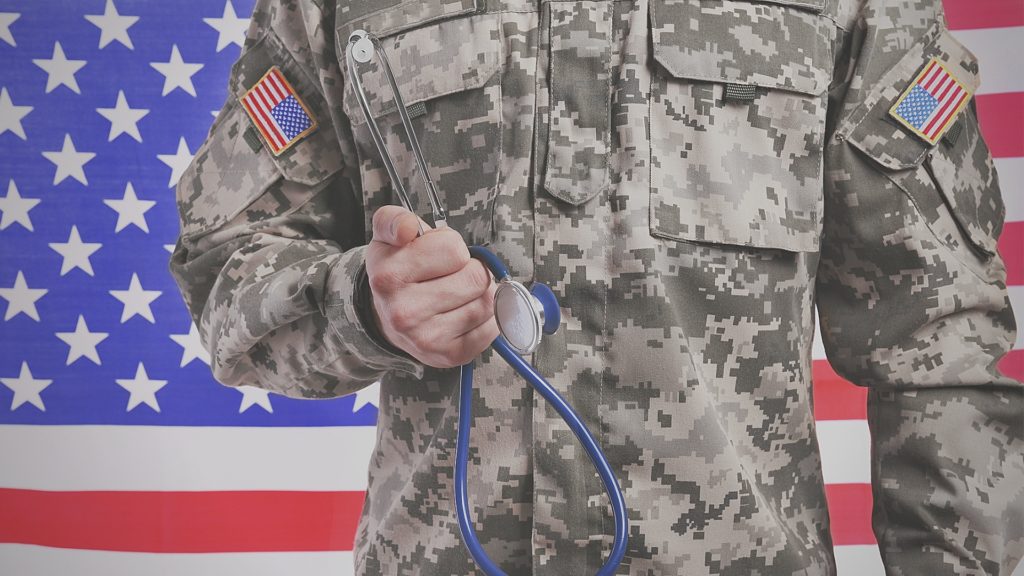
The Defense Department’s health program is running a significant deficit halfway into the 2021 fiscal year, and efforts are underway in the Pentagon to make up for the shortfall.
Dr. Terry Adirim, acting assistant secretary of defense for health affairs, told members of Congress on Tuesday that the Defense Health Program (DHP) is suffering from $673 million in COVID-19-related expenses. That number is expected to grow to more than $1.8 billion.
About $1 billion of those cost are money DoD needs to pay to the private sector. Costs could grow even further as the Pentagon is still assessing the cost of its support to FEMA missions. The gap comes from the everyday toll of coronavirus, as more cleaning and the need for personal protective gear ended up being more expensive than DHP budgeted for.
“We are working within the department to try and mitigate these shortfalls but it’s challenging,” Adirim said during the Senate Appropriations Defense Subcommittee hearing.
Adirim said DHP’s first priority is to deliver healthcare to service members, their families, civilians and retirees, therefore the shortfall would not affect the medical care they receive.
“The department isn’t planning to ask for supplemental,” she said. “We are looking to other programs within the DHP, such as a sustainment modernization funding, we’ll have to postpone the facilities maintenance. We’re looking for things like that, and we’ll likely have to look to the department as well to fill these shortfalls.”
DHP was budgeted more than $33 billion for 2021. More than $9 billion of that goes to care provided by the military, and nearly $16 billion is paid out to the private sector. The rest of the funding goes to research, maintenance and other things like training.
The CARES Act gave DHP an extra $2.2 billion in 2020.
DHP is in the midst of a reorganization as the Defense Health Agency (DHA) continues to absorb military hospitals and clinics from the services. That process is supposed to finished by the end of this year, even though DHA took a pause and reassess how private health providers can take care of TRICARE recipients during and after COVID-19.
“The markets in some of the areas changed significantly, just like you saw in the newspaper and elsewhere, a lot of providers closed up their doors, and a lot of access went away,” Dr. Brian Lein, DHA assistant director for healthcare administration, told Federal News Network in February. “The United States lost a lot of hospitals, and hospital capability, especially in some smaller communities, where it couldn’t support those hospitals in terms of finances.”
The transition includes 721 military treatment facilities and 174,000 health care personnel including active-duty service members, civilian employees and contractors, which provide care to 9.5 million TRICARE beneficiaries. The facilities are clustered into 21 large markets that encompass about two-thirds of patient interactions. The rest are in 16 small market regions or stand-alone hospitals and clinics — think rural areas with a large military presence.
DoD is also considering large cutbacks in DHP’s medical staff. The Pentagon has a controversial plan to cut as many as 18,000 medical personnel.
